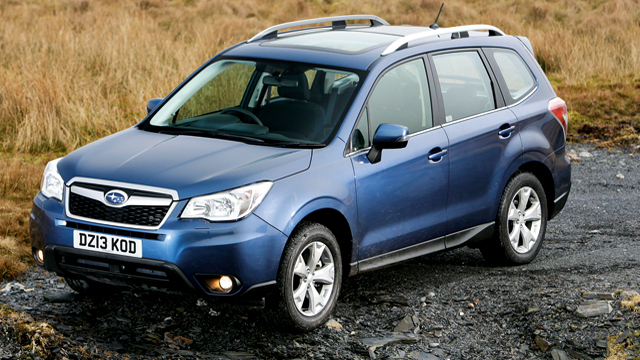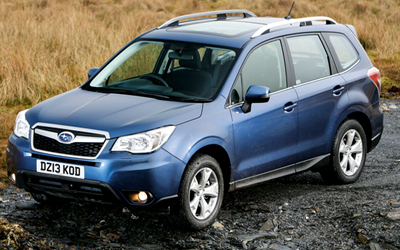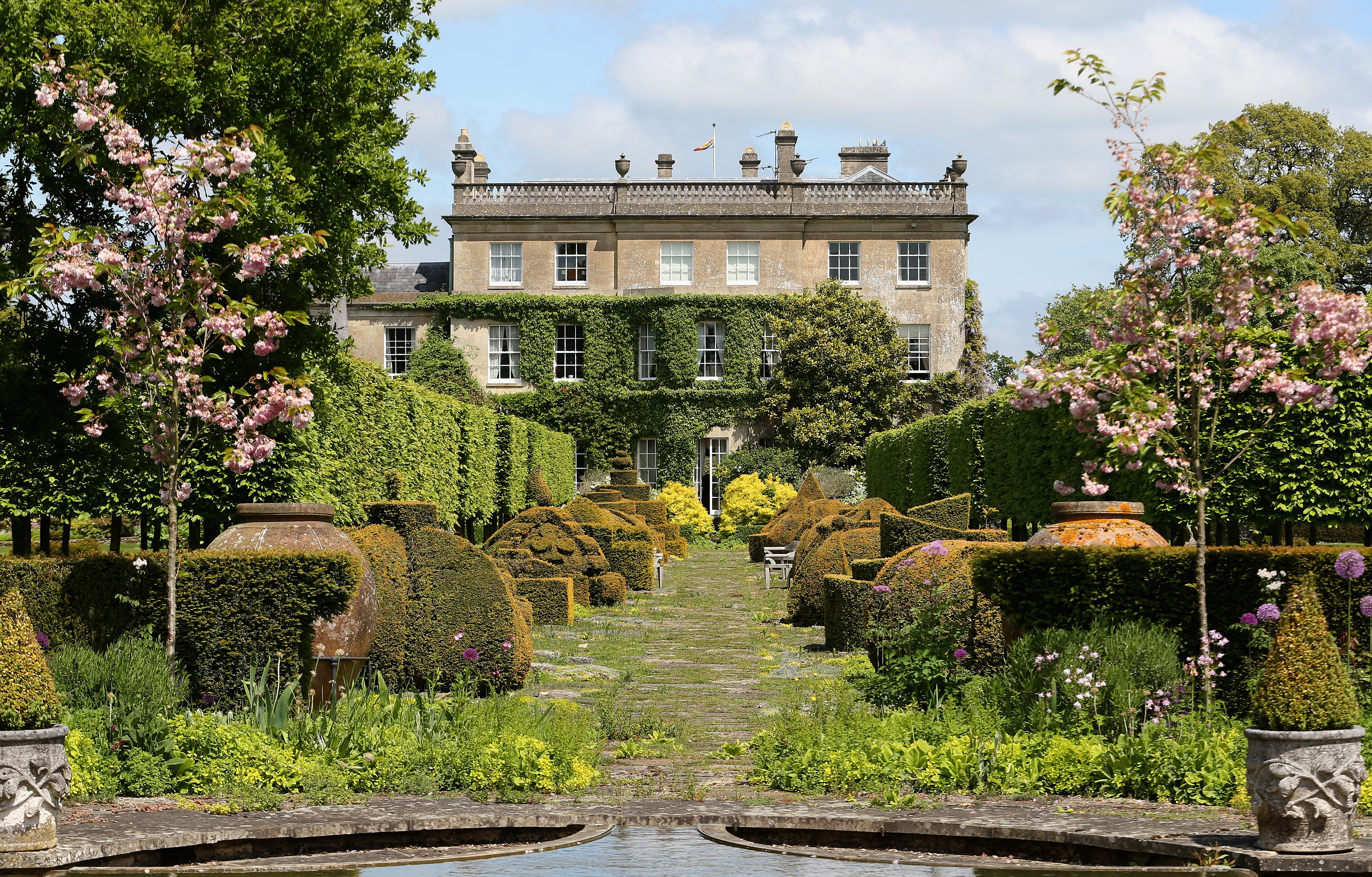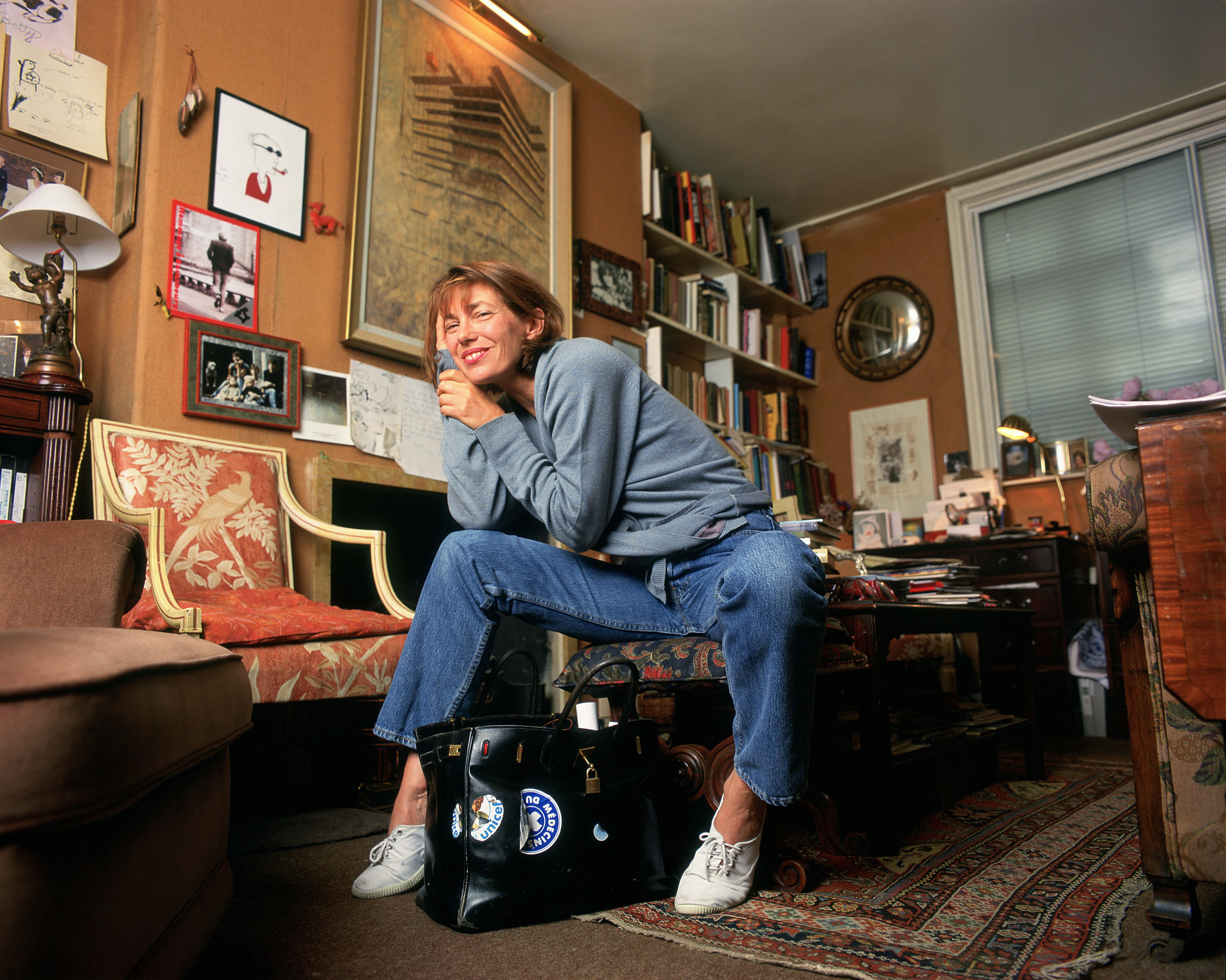Car review: Subaru Forester
Steve Moody tries out the new Subaru Forester and finds it ideal for Country Life.

A friend was bemoaning that his rugby club was struggling for of a lack of props. His theory was that there are less ‘fat boys' with hands like shovels and necks like prize bulls around because of the increasing mechanisation of agriculture-what young bucks there are all want to be flashy backs or galloping flankers.
It's the same with cars. Carmakers seem to think everybody wants fancier, sportier-handling products, full of hi-tech toys and softer leather. Each new one is more premium, more luxurious, more glitzy than the last. Thank goodness, then, for the new Subaru Forester; it's termed a sport utility vehicle, but is no show pony. It's a no-nonsense, capable, rural vehicle, a stoic front-row forward of a car.
Unlike most cars of this ilk, the carpets in the Forester's boot only cover the floor, not the sides, which are clad in hard, shiny plastic. This is because when Subaru asked its customers what they wanted,they reported back that dogs make a right old mess and plastic is easier to clean. You can buy a fitted dog cage for the boot, too.
In the cabin, the feel is utilitarian, even though Subaru claims an improvement in quality, and the satellite navigation and radio controls remain befuddling. However, there is more space than the last model had, and even my children would struggle to scuff the front seats, thanks to the increase in legroom. I would also have no compunction in getting it horribly muddy, which is a good thing.
There are three engines to choose from, including two petrol motors, one of which has a turbo and some feisty straight-line performance. Although they're perfectly acceptable, the 147bhp diesel is the pick because it's the most fuel-efficient model; it's also the cheapest, starting at £24,995.

* Subscribe to Country Life and save; Get the Ipad edition
During the past few years, Subarus have been expensive because of the strength of the yen, but thanks to some spectacular quantitative easing by the Japanese government, the exchange rate has weakened and so this Forester can be priced more competitively.
Sign up for the Country Life Newsletter
Exquisite houses, the beauty of Nature, and how to get the most from your life, straight to your inbox.
I drove the diesel version over the Pennines and into Cumbria, to Windermere, and, apart from learning what every pub quizzer knows-that there's only one lake in the Lake District because all the rest are tarns, meres or waters-I also discovered that the Forester is entertaining on the road, thanks to its independent all-round suspension, and very useful off it.
Its all-wheel drive system works well on slippery wet grass. Subaru has form here. All those ageing Foresters and Legacys still chugging around country estates show that the company knows what it's doing, and the expertise gained from years of high-speed rallying is useful, too. This car, with its clever differentials sending power only to the wheels with traction and an automatic hill-descent control system that works going forward and, rather terrifyingly, backwards, will pull a horsebox or trailer and go up and down most things.
What you have in the Forester then is the perfect rural transport: it's quite sporty when you want it to be, but is properly utilitarian as well. It doesn't so much resemble the lumbering prop of yore, but more the modern, professional variety: fast yet solid and able to get stuck in and scrum when the need arises.
* Follow Country Life magazine on Twitter
-
 Sanderson's new collection is inspired by The King's pride and joy — his Gloucestershire garden
Sanderson's new collection is inspired by The King's pride and joy — his Gloucestershire gardenDesigners from Sanderson have immersed themselves in The King's garden at Highgrove to create a new collection of fabric and wallpaper which celebrates his long-standing dedication to Nature and biodiversity.
By Arabella Youens
-
 The coveted Hermès Birkin bag is a safer investment than gold — and several rare editions are being auctioned off by Christie’s
The coveted Hermès Birkin bag is a safer investment than gold — and several rare editions are being auctioned off by Christie’sThere are only 200,000 Birkin bags in circulation which has helped push prices of second-hand ones up.
By Lotte Brundle